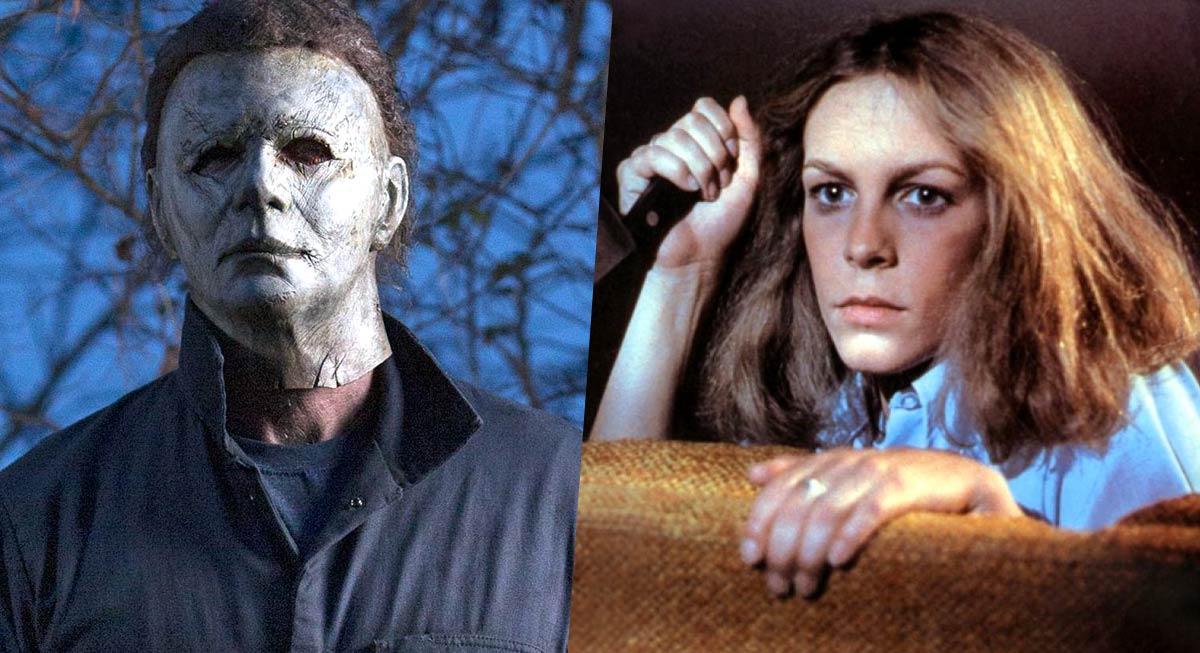8. “Halloween 5: The Revenge of Michael Myers (1989)”
It… exists? There’s nothing that “Halloween 5” does that’s particularly awful, nor does it do anything memorable or exciting. There may have been some intrigue returning to Myers’ story in the six-year hiatus between the Myers-less “Halloween III: Season of the Witch” and “Halloween 4: The Return of Michael Myers,” but whatever goodwill the series had was quickly starting to diminish with this tepid entry that feels more like a “Friday the 13th” sequel than a “Halloween” one. Donald Pleasence is clearly going through the motions, Myers lacks the supernatural lore of Freddy or Jason, which makes it difficult to suspend disbelief that this normal – albeit large and imposing – man with a knife can keep coming back, and it squanders “Halloween 4’s” chutzpah of an ending and just has Jamie (Danielle Harris) become mute and institutionalized as opposed to what its predecessor hinted at. Inoffensive, but entirely disposable.
7. “Halloween H20: 20 Years Later (1998)”
This is where things start to get confusing. “H20” ignores everything that comes after “Halloween II,” retconning Laurie’s implied death in “Halloween 4” and placing her in the witness protection program and now the dean of a Northern California school. Why a school? Well, remember how Miramax/Dimension got the rights to “Halloween?” “H20” arrives post-”Scream,” and to no one’s surprise, “Scream” screenwriter Kevin Williamson has an EP credit on this film. But don’t get too excited thinking that “H20” is a clever deconstruction of Myers’ legacy. Director Steve Miner (“Friday the 13th” Parts 2 and 3-D) plays it completely straight, which yields a largely rote teen horror film that squanders the interesting premise of having Laurie and Michael face-off one last time (until the next time…). There’s some good stuff here, including the prologue, the thrill of Curtis being back in her iconic role, and LL Cool J playing a security guard with aspirations of writing romance novels (why can’t *that* be a “Halloween” spinoff?). Those nice touches place it firmly in the middle of the pack, which is charitable considering a Creed song plays in the end credits, and that’s just not forgivable in any era.
6. “Halloween II (2009)”
Credit where credit is due, Rob Zombie’s follow-up to his spiteful remake is one of the more unique entries in the franchise. Until the 2018 version, no “Halloween” film has really dove into the psyche of the victims. Laurie was comatose for the majority of the original “Halloween II,” and it was briefly hinted at in “Halloween 4” (which – as discussed – was abandoned in “Halloween 5”). The need to connect Michael and Laurie has always been forced (even Carpenter has admitted it), but Zombie actually wields it to his advantage here, painting a portrait of familial dysfunction that runs so deep that even a new life and identity as a young person can’t erase it. Shot on 16mm and blown up to 35mm, Zombie’s grindhouse aesthetic fits the film’s metaphysical weirdness. He takes both Laurie and Dr. Loomis (Malcolm McDowell is great here as a sell-out author cashing-in on the tragedy) in a drastically different direction, which is greatly appreciated and almost makes its predecessor even more frustrating. It’s messy and still has a lot of Zombie’s more frustrating tendencies, but it feels like he took the criticism of the remake to heart, which led to a much superior result.
5. “Halloween 4: The Return of Michael Myers (1988)”
Despite the original film setting the gold standard for the slashers in the late 70’s, in 1988, it felt like Michael Myers was playing double-up to catch up. Jason was entering his seventh entry. Freddy was also entering his fourth (though had a much later start in 1984). Michael wasn’t quite a relic, but the genre was reaching its tipping point. “Halloween 4” may be partially a xeroxed copy of the original (Michael escapes… again! There’s a particular person he’s stalking… again!), but it does play to some of the original’s strengths, which makes it at least a worthwhile entry. “Halloween” is one of the few films to make daylight scary, and a sequence in a gas station is one of the series’ best. The dynamic between Ellie Cornell and Danielle Harris is believable and they manage to create a rooting interest in these new characters. It may get bogged down by routine, but has enough good going for it, including a killer score by Carpenter protege Alan Howarth.





